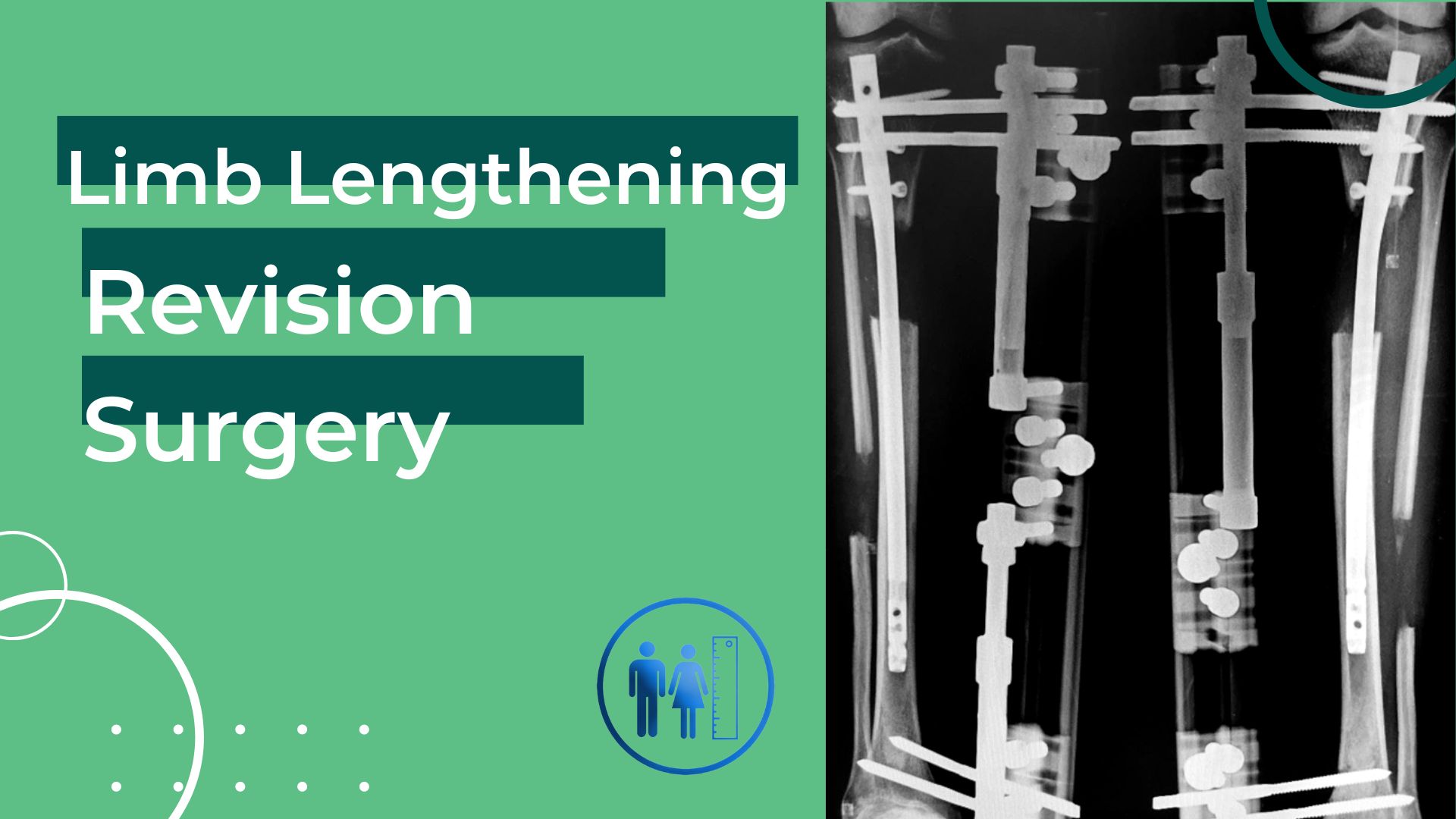
Live
Support AI
Hip Replacement Surgery
WannabeTaller team also specializes in hip reconstruction and hip replacement surgery (hip arthroplasty). Our specialist doctors, in Orthopedics and Rehabilitation, provide patients with severe hip pain; exceptional care, and in cases where surgery is needed, offer patients the latest surgical techniques and technology.
Hip Pain which becomes uncontrollable can have a very devastating effect on the patient’s life, making them struggle to cope with life’s daily activates. In such severe cases, a hip reconstruction or hip replacement surgery could help those patients regain freedom of movement again and improve their quality of life, dramatically
However, the success with complete hip replacement surgery does count on the overall experience and expertise of the surgeon and the sheer volume of procedures they have performed successfully. Surgeons with a high volume of patients who have had hip replacement surgery, usually tend to have positive outcomes with low post-surgical complication rates. This is why, our surgeons always strive to keep up to date on the latest medical technologies available for hip replacement surgical techniques, to ensure that the patients are always offered the best medical care, available.
1. How do you know if you need a hip replacement?
Medical Conditions which may lead to a Hip Replacement Surgery
A Hip replacement surgery can be an available option for patients with hip pain and/or damage which may have resulted from:
1. Arthritis
2. Fractures
3. Osteonecrosis, a condition caused by the inadequate blood supply to the ball of the hip joint
The symptom which may require a Hip Replacement Surgery
1. The discomfort that interferes with sleep, makes it difficult to go up or downstairs or makes it painful to rise from a seated position
2. Pain that persists, even with medication
3. Pain or immobility that seems to get worse with time
4. Swelling or bruising in the hip, which can be a sign of a fracture
2. How do I get diagnosed with Hip Replacement Surgery?
The medical staff starts by taking patients’ medical history regarding hip pains and discomfort and continue with conducting a thorough physical examination to evaluate the strength and mobility of the hip. Then, after a doctor’s consultation, diagnostic tests such as X-rays and magnetic resonance imaging (MRI) are carried out to ascertain the level of the deformity or damage.
3. When should I get surgical treatment for Hip pain and discomfort?
Those patients who suffer from hip pain may start with medication and physiotherapy; however, in cases where medication and physiotherapy fail to provide relief, then patients may consider themselves a viable candidate for a hip reconstruction or replacement surgery.
4. What is hip replacement surgery?
Hip replacement surgery involves the surgical removal and replacement of a part of the pelvic and femoral (thighbone) bone that forms the patient’s hip joint. It is primarily performed in order to elevate and provide relief from hip pain and stiffness, caused by Hip Arthritis. Furthermore, it can also be used to treat hip-related injuries or deformities and other conditions as well.
5. What’s the difference between a healthy hip vs. arthritic hip
Anatomically speaking, the hip bone has a ball & socket joint; and the ball is located at the very top of the femoral bone, also known as the Femoral Head. The socket, also the acetabulum, is part of the pelvis; thereby the femoral ball moves within the pelvic socket; allowing for movement and rotation in our legs.
Now, in a healthy hip joint, there is a soft tissue called cartilage which covers the ball and the socket to help them glide within the socket together smoothly and without any friction; however, where the cartilage wears down or gets damaged, it causes friction and the bones scrape together and become rough. This medical condition is known as osteoarthritis and causes pain and restricts the patient’s movement ability.
Once a hip joint has become arthritic, it causes pain for the patient to walk, or even getting off the bed is a difficult ordeal. Now, the first step, once a patient has been diagnosed with Hip arthritis, is nonsteroidal anti-inflammatory drugs (NSAIDs) and/or physical therapy, which may provide relief. But, in case these steps do not relieve symptoms, then it’s recommended that the patients should consult an orthopedic surgeon for a Hip Replacement surgery.
6. What are the different types of hip replacement surgery?
There are three major types of hip replacement surgeries:
• Total hip replacement
• Partial hip replacement
• Hip resurfacing
The most common type of hip replacement surgery is called a total hip replacement/arthroplasty. The surgery replaces the damaged or worn-out sections of the hip are replaced with artificial implants. The socket is replaced with a durable plastic cup, which may or may not also include a titanium metal shell. Your femoral head will be removed and replaced with a ball made from ceramic or a metal alloy. The new ball is attached to a metal stem that is inserted into the top of your femur.
The other two types of hip replacement surgeries are age and activity-specific:
Partial hip replacement (also known as hemiarthroplasty) involves replacing only one side of the hip joint – the femoral head – instead of both sides as in total hip replacement. This procedure is most commonly done in older patients who may have a fractured hip.
Hip resurfacing, on the other hand, of the femoral head and socket is usually done in younger and more active patients.
7. What are the major surgical methods for a total hip replacement:
• The posterior approach (more common)
• The anterior approach
The two most common surgical approaches in hip replacement are the posterior approach and anterior approach (sometimes called the “mini-anterior approach” or “muscle-sparing hip replacement”).
In both types of surgical methods, the hip replacement surgeon may make incisions on either the back (posterior) or front (anterior) of the hip joint. It must be remembered that both types of surgical approaches can offer pain relief and improvement in walking and movement within a few weeks of the surgery.
8. How should I prepare for hip replacement surgery?
Now, there are certain steps patients can take both before and after surgery to improve their post-surgical recovery time and overall results; thus it is important to follow the instructions and guidance provided by your surgeon, medical team, and physiotherapist.
9. Do you stay overnight for a hip replacement?
Post-surgery, usually, patients will stay in the hospital 2-3 days, and the doctors and medical staff will monitor the post-surgical progress of the patient.
10. How long does hip replacement surgery take?
A total hip replacement surgery, on average, will last around, one and a half hours to two hours.
11. What is hip replacement surgery recovery like?
Your post-surgical rehabilitation will start around 1 to 2 days after the surgery; with light walking with a walker or crutches within a few days after surgery. As the patients heal from the surgery, they will be able to walk more and increase the regularity of walking as well.
12. What are the risks of hip replacement surgery?
Generally, a Hip Replacement surgery is considered very safe, but it must be kept in mind that every surgery carries some degree of risks, and with a hip replacement, the post-surgical infection can be the most serious one.
Another risk of surgical complications may include blood clots in the leg or pelvis, and accidental hip dislocation during or after recovery. Thus for blood clots, the doctors prescribe blood thinners post-surgery and advise the patients to be extra careful during the post-surgical recovery period, yo avoid any accidental dislocation of the hip prosthesis.
13. How long do hip implants last?
Normally, a hip replacement prosthesis can remain effective for between 10 to 20 years, but the overall results vary by the type of implant used and the age of the patient. However, over time a hip implant may need to be replaced, due to loosing or being worn-out; a hip revision surgery becomes necessary.
14. Can I have both hips replaced at the same time?
Yes, healthy patients and those under the age of 75 years and have no history of cardiopulmonary disease may be able to have both hips replaced in a single surgical operation; however, in certain cases it may give a better outcome if the surgery is done in several stages.
15. What are hip implants made of?
Normally, a hip replacement implant consists of three components:
• The stem which is inserted into the patient’s femoral bone (Thighbone) and is usually composed of, made out of metals, including titanium or cobalt-chrome.
• The ball which fits on the top head of the stem and is usually made out of polished metal or ceramic.
• The socket, which is implanted within the pelvic bone and within which the ball moves and allows movement to the patient. This socket is usually comprised of a plastic liner and a cobalt-chrome or titanium backing.
16. Will my new hip set off the metal detector at the airport?
Generally, the new age sensitive metal detectors at airports should identify the implants; but just in case the doctor would provide their patients with a medical card stating the nature of the hip replacement implant to the airport officers.
17. How soon after surgery can I resume driving?
Normally, most patients can resume driving by 6 to 8 weeks of the surgery.
18. What should I look for in a hip replacement surgeon?
Now, it is imperative that when a potential patient researches an orthopedic surgeon to perform their hip replacement surgery; it is important to note their credentials, experience, and number of surgeries they partake in per month. As the rate of success in orthopedic surgeries is linked to the actual experience of the surgeon performing the surgery; thus the doctor’s success rate must be relatively high.
We at Wannabetaller only work with the best orthopedic doctors, Turkey has to offer to provide the utmost medical care for our patients.
You will be informed about the lengthening increase, lengthening process, the prices of the surgical methods, the difference of the methods, the risks of the surgery.




